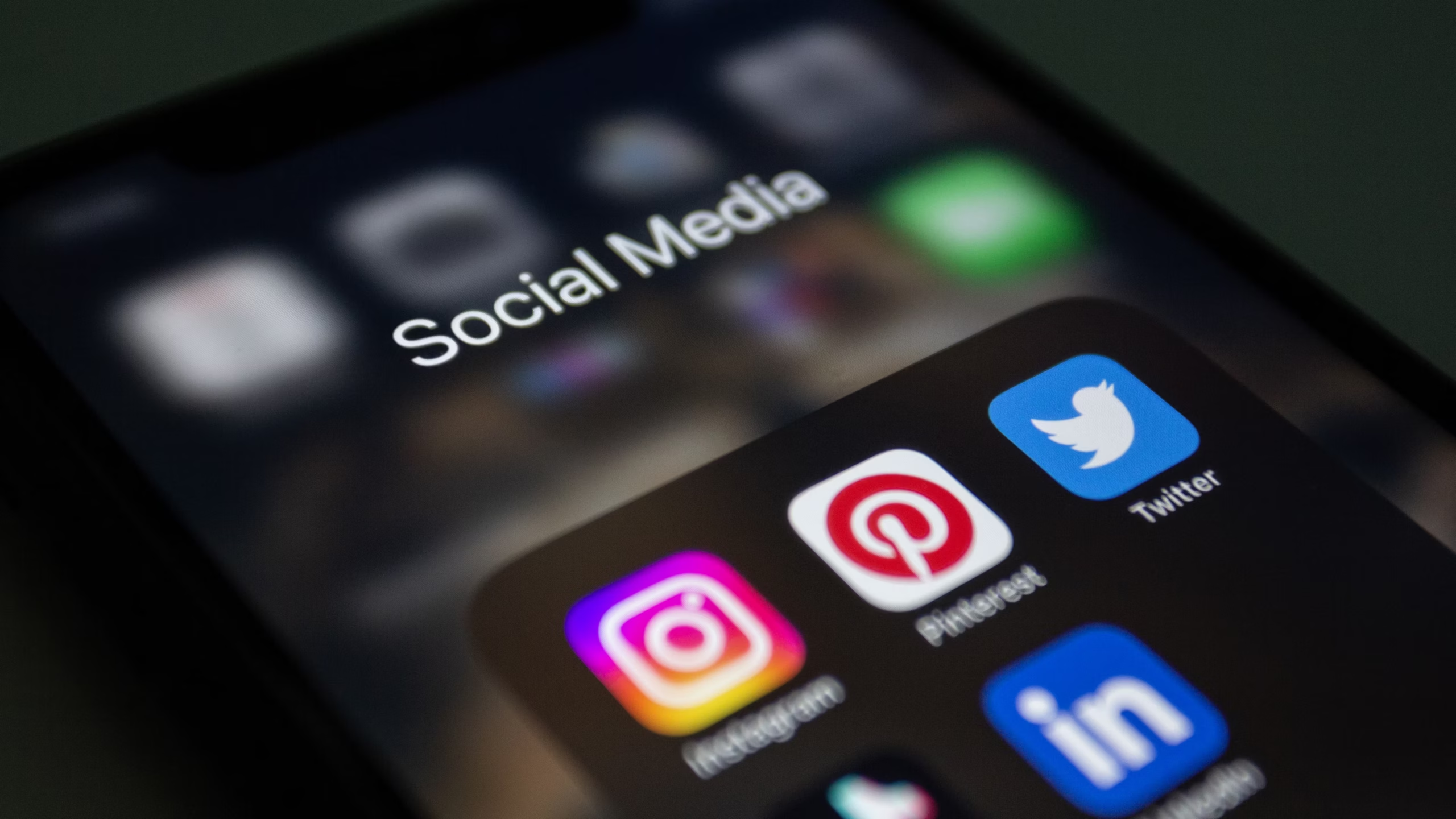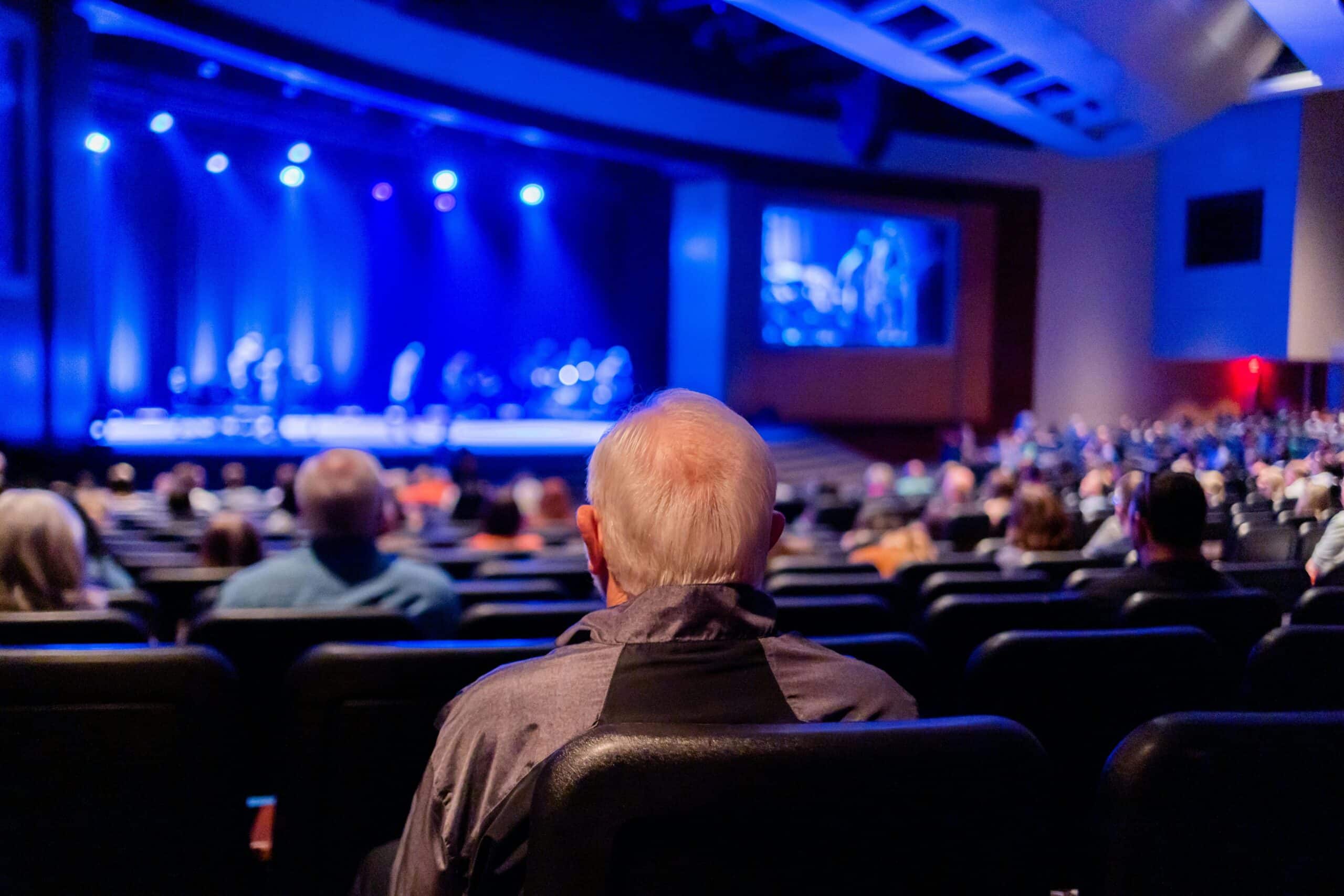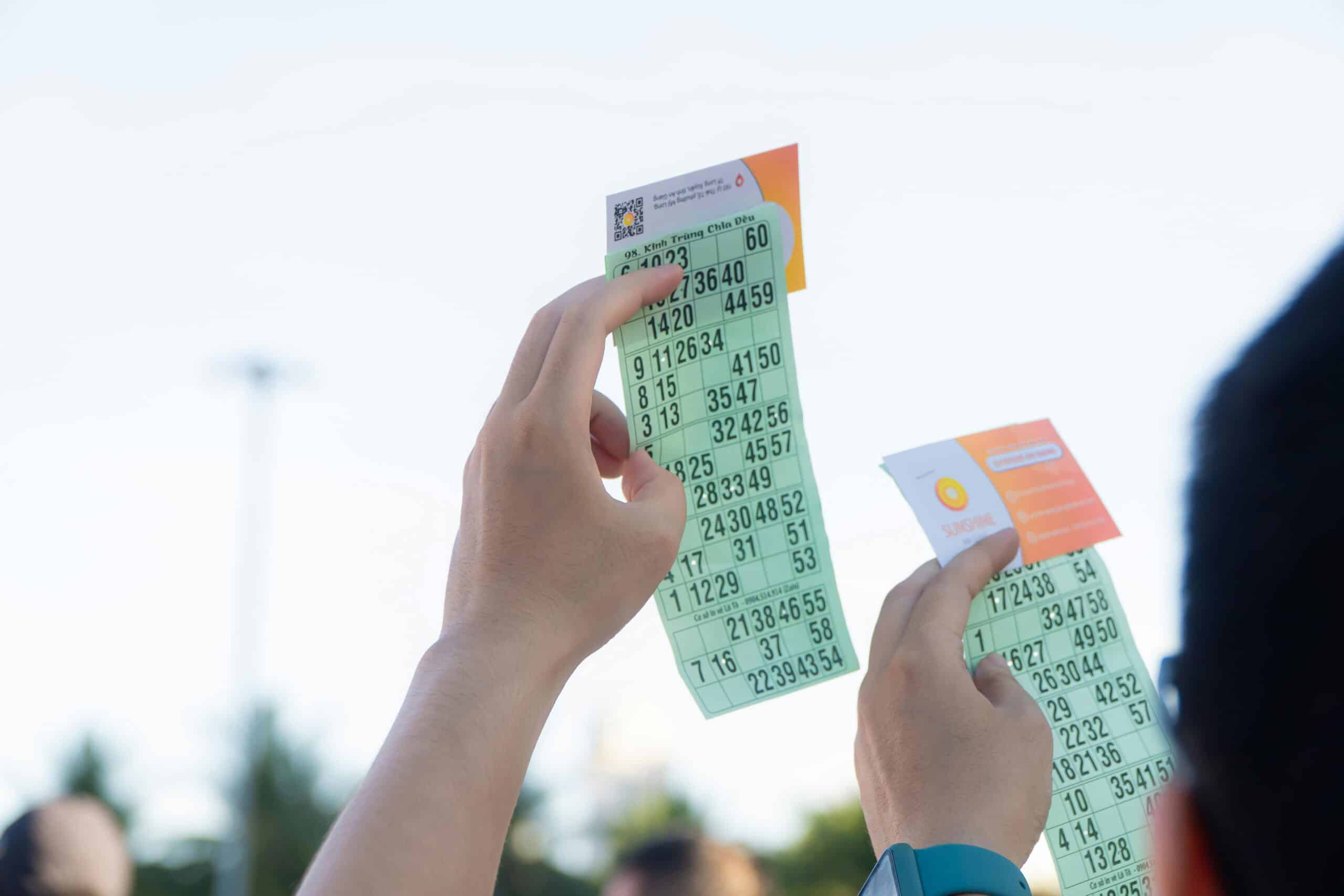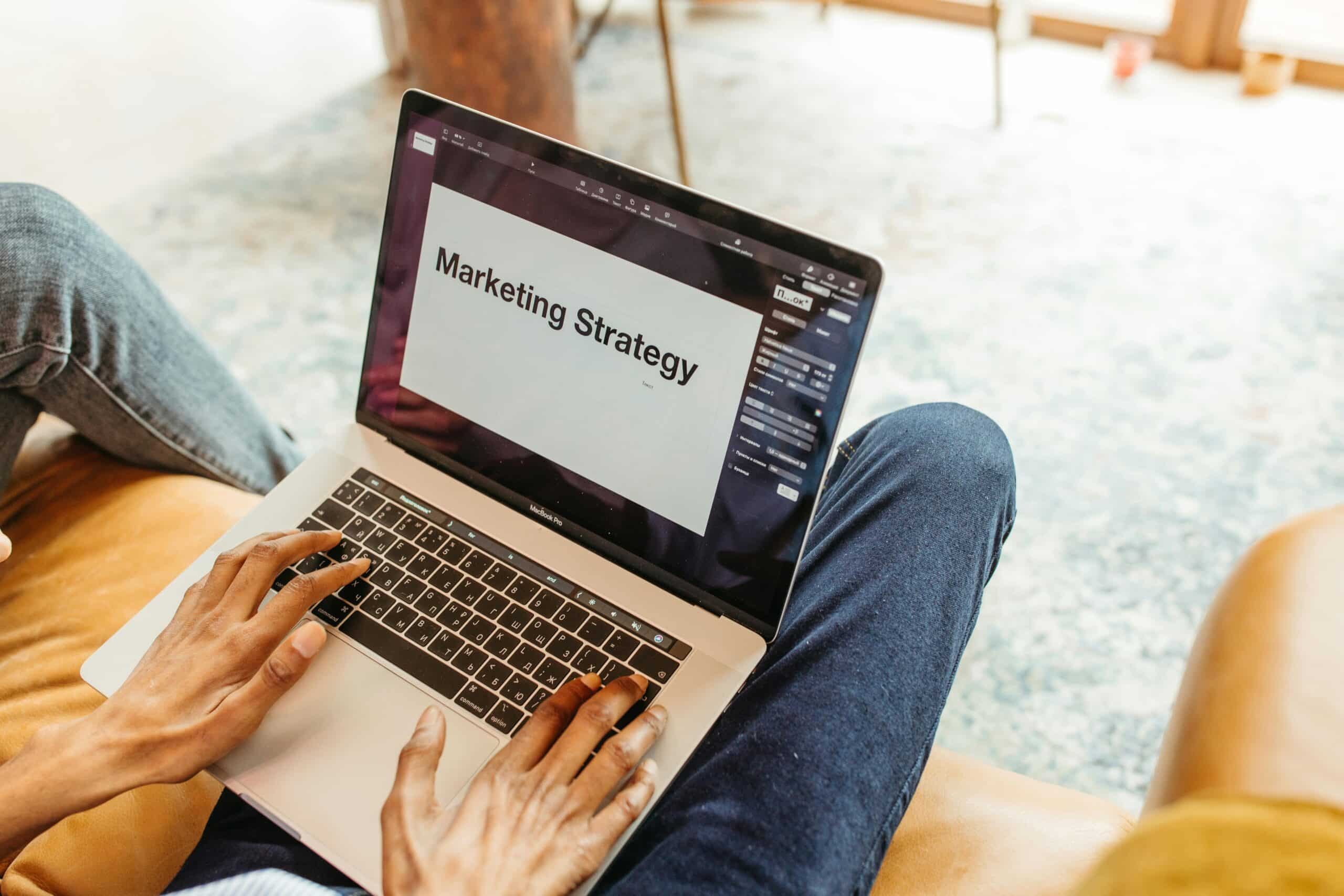How to maximize engagement before, during, and after your activation
In today’s digital-first culture, live events don’t just happen on stage or at the venue—they unfold across social platforms, in Stories, Reels, and TikToks. A great event can ignite conversation, but a strategic social media approach can amplify it into a movement.
Whether you’re activating at a music festival, launching a new product, or hosting a pop-up experience, here are the best practices to make sure your social strategy turns real-time moments into high-impact marketing.
1. Start Social Long Before the Event Begins
The best social media campaigns for live events don’t start on event day—they start weeks earlier. Build momentum with a pre-event plan that teases what’s to come and invites your audience to follow the journey.
What to post pre-event:
- Behind-the-scenes footage of set builds, rehearsals, or product prep
- Countdown stories and event sneak peeks
- Influencer collabs and branded challenges (think: “see you at the drop”)
- Save-the-date Reels with AR filters or branded soundtracks
Towerhouse Approach: We co-develop social assets in the pre-production phase so your content is ready to roll out across platforms as your event build begins.
2. Create a Social Content Hub at the Event
Your event should be a content playground for your brand and your attendees. Create spaces that are built to be photographed, filmed, and shared.
Pro tips:
- Integrate branded installations and AR experiences (QR-accessible for quick sharing)
- Build lighting into design for day-to-night capture
- Offer free WiFi and power banks—yes, this matters for real-time content
- Have a staffed social booth or content concierge to help guests post
Towerhouse in Action: At recent brand activations, we’ve included AR scavenger hunts and live UGC displays (social walls) that reward posts with branded merch or giveaways—blending engagement and incentive in real time.
3. Use Live Updates to Keep the Energy Flowing
Social media coverage should feel like a backstage pass to your event. Use Instagram Stories, X (Twitter), and LinkedIn Live (for B2B activations) to give real-time updates and interact with your audience.
During-event tactics:
- Feature attendee quotes and reactions
- Live stream key moments: unboxings, performances, speeches
- Host on-site Q&As or poll your followers during panels
- Pin your hashtag and mention guidelines clearly
Pro insight: A well-planned run-of-show for your content team helps ensure they never miss the magic moment—and always have something dynamic to share.
4. Empower Attendees as Content Creators
UGC (user-generated content) is a force multiplier. Give your guests the tools to turn their experience into your marketing.
How to make it easy:
- Branded hashtags, filters, and stickers
- Clear signage on where and how to post
- On-site contests with real-time shoutouts or rewards
- Step-and-repeat walls with real-time editing stations
Towerhouse Touch: We offer influencer management and on-site social staff to help guide attendees toward engaging moments—and amplify their content across your brand channels.
5. Extend the Life of the Event with Post-Campaign Content
The end of the event is just the beginning of the content cascade. Keep your campaign alive with recap content that builds FOMO and sets the stage for what’s next.
Post-event content ideas:
- Highlight reels and thank-you videos
- “Best of” user content and reposts
- BTS breakdowns of the build and execution
- Micro-content series pulled from speeches or panels
Bonus: Use insights from engagement data to refine future content strategy. What posts performed best? What platforms had the most traction?
Why This Matters: Events Are No Longer Just Physical
Social media turns a local moment into a global brand experience. It gives your event legs, shares your message with audiences far beyond the venue, and creates cultural capital that lives on in digital conversations.
At Towerhouse Global, we design events with this in mind—where every experience is also a story, a post, a memory, and a connection point. From AR-powered pop-ups to content-first productions, we help brands go live and go viral.






